In Germany, the Hemiplegic Migraine Market is witnessing important developments driven by several key market drivers. The increasing awareness of hemiplegic migraine, particularly its symptoms and impact, has led to more patients seeking medical attention. Germany has a robust healthcare system, which ensures that patients have access to specialists and treatments. Furthermore, the growing body of research focused on understanding the underlying causes and potential treatments for hemiplegic migraine is paving the way for new therapies that can better address this condition.
This heightened focus on research and development reflects Germany's commitment to improving healthcare outcomes for patients with complex neurological conditions.The market opportunities for Germany are associated with the growth of personalized medicine, innovative treatment options, including technology. There is great potential in developing biotechnologies for customized therapies geared to the specific challenges posed by hemiplegic migraine patients. The thrust on mental health is also leading to an integrated framework of treatment where psychological assistance is offered in managing migraines.
There appears to be an increase in funding for new treatment paradigms as there is a shift in policy towards more holistic, patient-centric care. There is also some evidence of increased use of telemedicine and digital health technologies, which enable patients to consult and manage their conditions remotely and interact with the healthcare system more efficiently.This trend has been particularly beneficial in Germany due to its advanced digital healthcare infrastructure, allowing for greater accessibility. Moreover, the impact of lifestyle changes influenced by current societal trends is prompting more discussions on proactive measures for migraine prevention.
These elements combined create a dynamic landscape for the Hemiplegic Migraine Market in Germany, presenting various avenues for growth and improvement in patient care.
Source: Primary Research, Secondary Research, Market Research Future Database, and Analyst Review


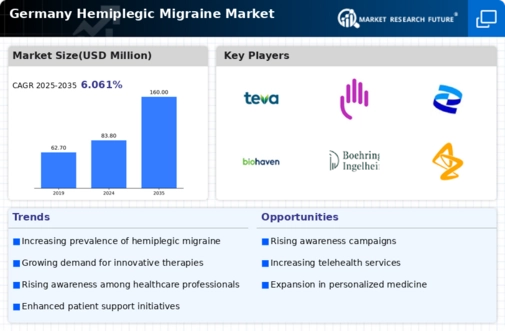
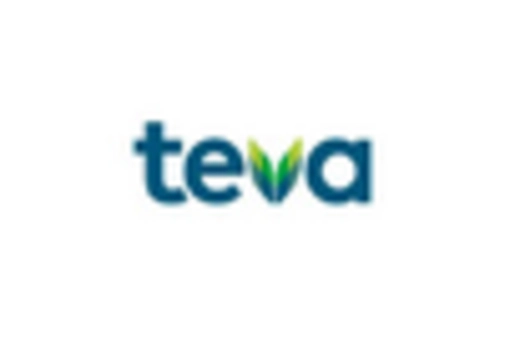
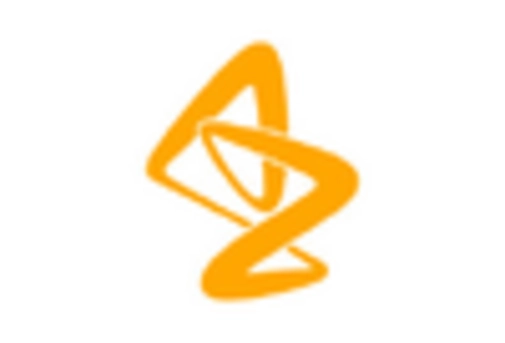

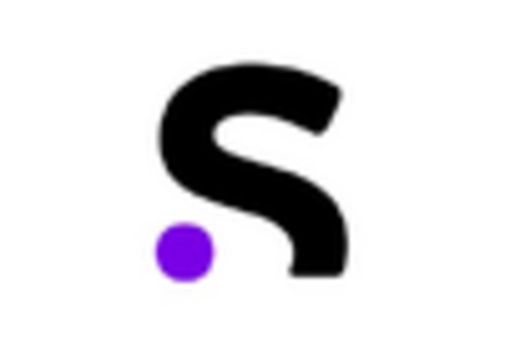

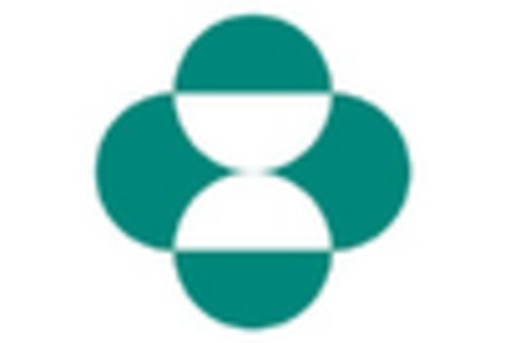












Leave a Comment